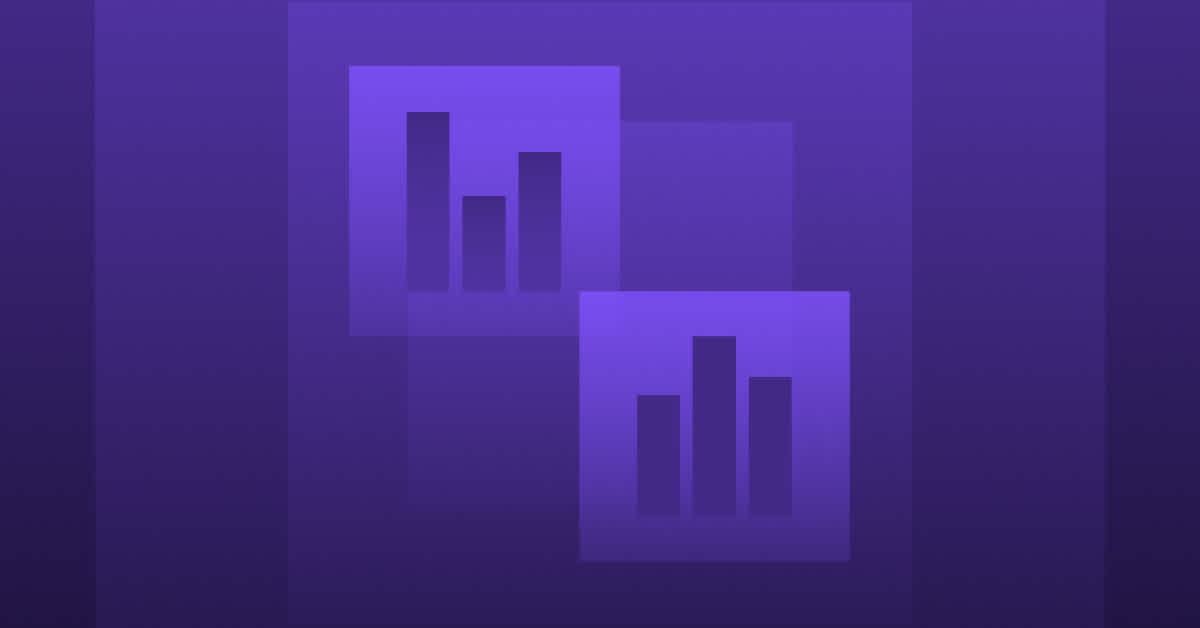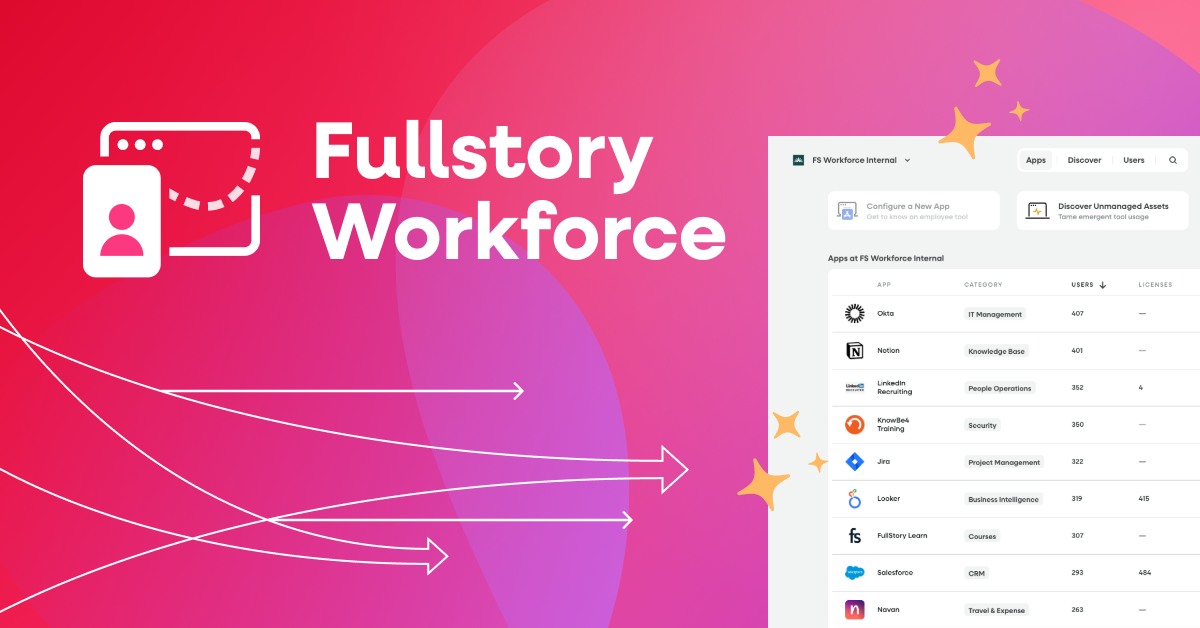The potential within your data is seemingly endless.
And sometimes, looking at a product metric or KPI on its own, or simply monitoring success over a single stretch of time isn’t enough to draw out the insights that will lead to the most impactful actions.
That's likely why so many analyses start with a simple question: "How are we doing compared to this time last year? Quarter? Month? Week?"
Inquiries based on time often employ comparison line charts to visualize trends in a series of data.
Why should you be comparing your metrics across time in the first place?
By charting and comparing metrics from different periods of time, you can explore the full potential of your data, and can use it to find insightful patterns into areas such as:
Understanding if you’re driving impact to annual product goals by increasing or improving activation or conversion
Determining how free trial sign-ups ebb and flow throughout the quarter
Evaluating changes in KPIs before and after the release of a feature, funnel iteration, or UX change
And once you’re armed with these insights, you’ll have an easier time presenting the right data and recommendations to stakeholders at all levels of the business.
How can you use comparisons to your advantage?
There are three methods to harness the power of time (and comparison charting within Fullstory) to align everyone working to perfect your digital experience:
Year-over-year
Quarter-over-quarter
Month-over-month (or sprint-over-sprint)
Now, let's dig a little bit deeper into how each of these analyses can fuel your trendspotting efforts (and how to use comparison charts in Fullstory).
Year-over-year evaluations
What is it?
Year-over-year (YoY) is an analysis that refers to charting the 12-month change of a particular value and compares it to the change in a different period. In other words, YoY data shows how a given KPI increases or decreases from one year to the next.
When to use it
Year-over-year analysis is most commonly used when discussing economic data, especially regarding growth. However, you can apply the concept to evaluating just about any KPI or metric. The more strategic a metric is, the more impact you can drive from the analysis.
Objective: To understand long-term product health and performance
Why: Year-over-year analysis is most commonly used when discussing economic and website health data, especially regarding growth. However, you can apply the concept to evaluating just about any KPI or metric. The more strategic a metric is, the more impact you can drive from the analysis.
Objective: To analyze changes from unforeseen digital behaviors or trends
Why: Metrics can vary dramatically between quarters, which often means seasonality is at play. However, if they change dramatically between years, you might consider looking deeper. Did you try a new activation channel or growth tactic and see your conversions drop? Perhaps it’s an opportunity to iterate and experience. Seeing the same thing as last year? Perhaps it's nothing to worry about.
Quarter-over-quarter explorations
What is it?
Quarter-over-quarter (QoQ) is an analysis technique that calculates the change in a product or digital metric by a three-month period over the previous three months.
When to use it
QoQ allows teams to keep an eye on medium-term changes in your progress toward annual goals or the success of newly created programs. This can provide valuable insight into how to stay on top of far-reaching product goals that can get sidelined by competing priorities.
Objective: To measure progress towards product acquisition, activation, retention, referral, and revenue goals or benchmarks
Why: Comparing the previous period helps teams look at the progress they've made and adjust methods accordingly. How are your users behaving differently? What features are they actively using? What is sentiment like this quarter?
Objective: To monitor mid-term changes or trends
Why: Insight into user behavior can often vary between quarters, and keeping their attention or converting new customers can depend on fluctuating activity. Staying on top of mid-term changes helps you stay focused on your goals.
Objective: To do any comparison analysis, period.
Why: Maybe you don’t have enough data for YoY comparisons and comparing previous quarters is your only option. That’s okay! Any comparison is better than no comparison– there are always benefits to evaluating and analyzing the data you have.
Month-over-month or (sprint-over-sprint) check-ins
What is it?
Month-over-month is a type of comparison used to analyze the performance on a monthly basis. It helps in evaluating whether the company has made any growth or progress in a particular month compared to a previous month.
When to use it
Objective: To monitor short-term changes or trends
Why: User behavior can vary between iterations, and keeping your attention on these changes can help you stay on top of fluctuating activity.
Objective: Monitor the impact of fixed errors or bugs
Why: You’ve tracked down a bug or an error plaguing your onboarding funnel—now what? Check in during the following 2–4 week window to ensure metrics are recovering.
Objective: Track the success of new features/iterations before and after launch
Why: A feature wasn’t there and now it is—what's happening? How are users (new and existing) interacting with this change? The first few weeks of release can be critical for ensuring the success of a new capability.
All comparisons can be helpful in pushing your digital experience to achieve its potential. While you may prioritize one analysis over the other depending on your goals, any industry, product or experience can be affected by cyclical trends, so you should keep comparison analysis in mind.
How can teams do this in Fullstory?
When creating a Dashboard or Metric card, you have an option to visualize the data in a comparison chart using the “Compare to past” button. With “Compare to past,” Fullstory lets you see data from the periods of your choosing, up close and personal.
Start by simply clicking the “Compare to past” button and selecting your date range. The date picker will show two colors representing the date ranges you are comparing: blue for current and red for previous. Once you've made your selections, click apply to see the results displayed in a trend chart.
Fullstory’s Digital Experience Intelligence platform proactively surfaces where users experience confusion or frustration.
Request your custom demo and start building a more delightful user experience today.



